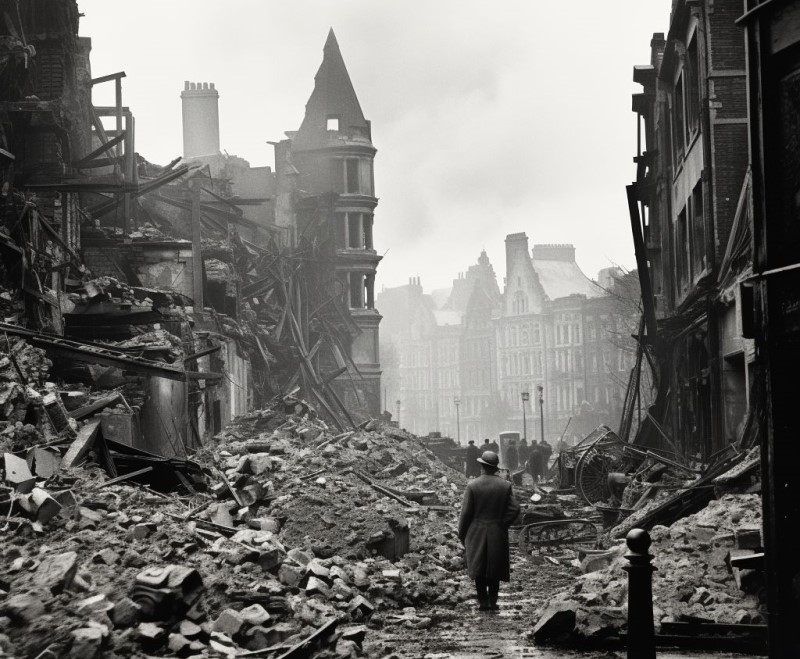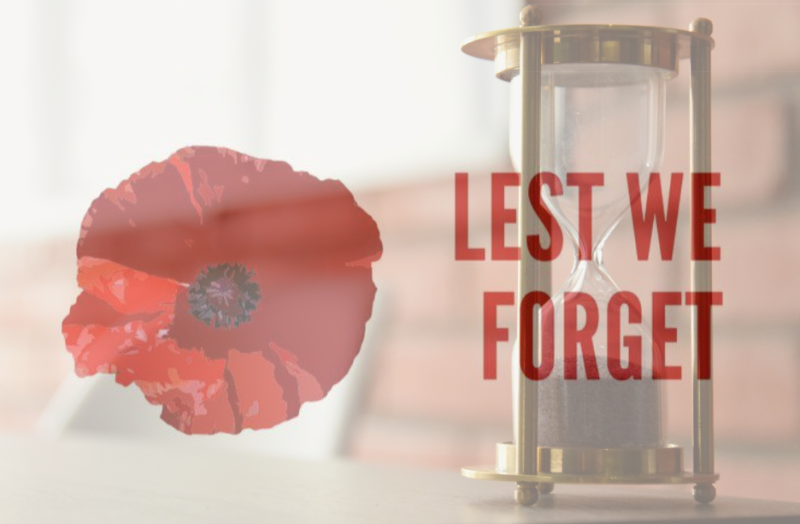“At the 11th hour of the 11th day of the 11th month — the guns fell silent.”
Every year, on 11 November, people in the United Kingdom, Canada, Australia, and Commonwealth countries observe Remembrance Day — a day to honour the memory of those who lost their lives in World War I and in all wars since. It marks the moment in 1918 when the Armistice was signed, bringing the First World War to an end. It is a day of silence, gratitude, and reflection — a time when the world pauses to say:
We remember
The meaning of Remembrance Day goes beyond commemorating the fallen. It reminds us that peace and freedom are never guaranteed — they are earned through courage, solidarity, and sacrifice. After the war, red poppies grew on the devastated battlefields of Flanders (Belgium). Canadian doctor John McCrae described them in his famous poem “In Flanders Fields,” turning the poppy into a universal symbol of remembrance.
Today, millions wear red poppies to express gratitude and to say that the past will never be forgotten.
“The poppy is not a symbol of war, but of remembrance and hope.”

At the beginning of the 20th century, Europe was a continent of rivalry, ambition, and growing instability. Several forces led to the outbreak of war in 1914:
Major empires — the British, German, French, and Russian — competed for colonies, trade routes, and influence. Each nation expanded its army and navy, seeking to prove its superiority.
Across Europe, nationalist movements grew stronger. Some peoples demanded independence, while others pursued domination. In Serbia, nationalism inspired the dream of uniting all Slavic nations; in Germany and Austria-Hungary, it fuelled ideas of racial and cultural supremacy.
The spark came on 28 June 1914, when Gavrilo Princip, a young Serbian nationalist, assassinated Archduke Franz Ferdinand in Sarajevo — igniting a global conflict.
Europe was divided into two opposing military blocs:
- The Triple Entente: Britain, France, Russia
- The Triple Alliance: Germany, Austria-Hungary, Italy
When one country went to war, others were drawn in through binding treaties.
Before 1914, Europe — including Britain — was deeply divided by class. While the upper class enjoyed privilege, the working class faced poverty and poor living conditions. This inequality created resentment, protests, and the rise of the Labour Party and trade unions.
For many ordinary soldiers, the war was not only a duty but also a test of dignity and survival.
World War I was the first “total war”, where industry, science, and human lives were all mobilized for battle.
New technology changed warfare forever:
- tanks
- machine guns
- poison gas
- submarines
- aircraft
It became a war of attrition — a brutal struggle to wear the enemy down rather than to gain territory.
“The trenches were muddy, the air was full of gas, and courage was the only shield.”
Britain at War
- 1914: Britain entered the war after Germany invaded neutral Belgium.
- 1916: The government introduced conscription (compulsory military service).
- Women replaced men in factories, transport, and offices — proving their strength and earning new social rights, including the right to vote.
- 1917: The United States joined the Allies.
- 1918: Germany requested an armistice — a ceasefire that ended four years of unimaginable suffering.

On 11 November 1918, at 11 a.m., the guns fell silent. The world stopped. The day became known as Armistice Day, now Remembrance Day.
Every year since, people across the world pause for two minutes of silence — to remember, to grieve, and to hope.
“Silence speaks louder than words.”
At SARGOI International Community, Remembrance Day is more than a history lesson — it’s a chance to learn English through culture, empathy, and reflection.
Our teachers create Remembrance Day activities for students, such as:
- poppy-making crafts and posters
- reading and analysing “In Flanders Fields” and “Dulce et Decorum Est”
- vocabulary games and reflections on words like peace, freedom, and courage
Through these lessons, students don’t just learn a language — they learn humanity.
How a London Singer Became an English Teacher at SARGOI
English Word | Meaning |
|---|---|
remembrance | memory, commemoration |
poppy | red flower symbol of remembrance |
sacrifice | giving up something valuable for others |
courage | bravery |
freedom | state of being free |
trench | deep ditch used in warfare |
armistice | agreement to stop fighting |
volunteer | person who offers to serve |
nationalism | pride or belief in one’s nation |
empire | group of territories under one ruler |
alliance | formal agreement between countries |
peace | absence of war, harmony |
Remembrance Day is a story of loss — but also of resilience, gratitude, and hope.
When our students stop for two minutes of silence, they join generations who believe that remembering the past is the first step toward protecting the future.
“The more we remember, the wiser we become.“








